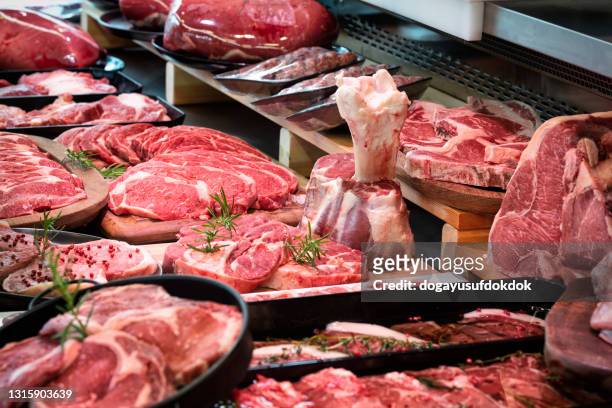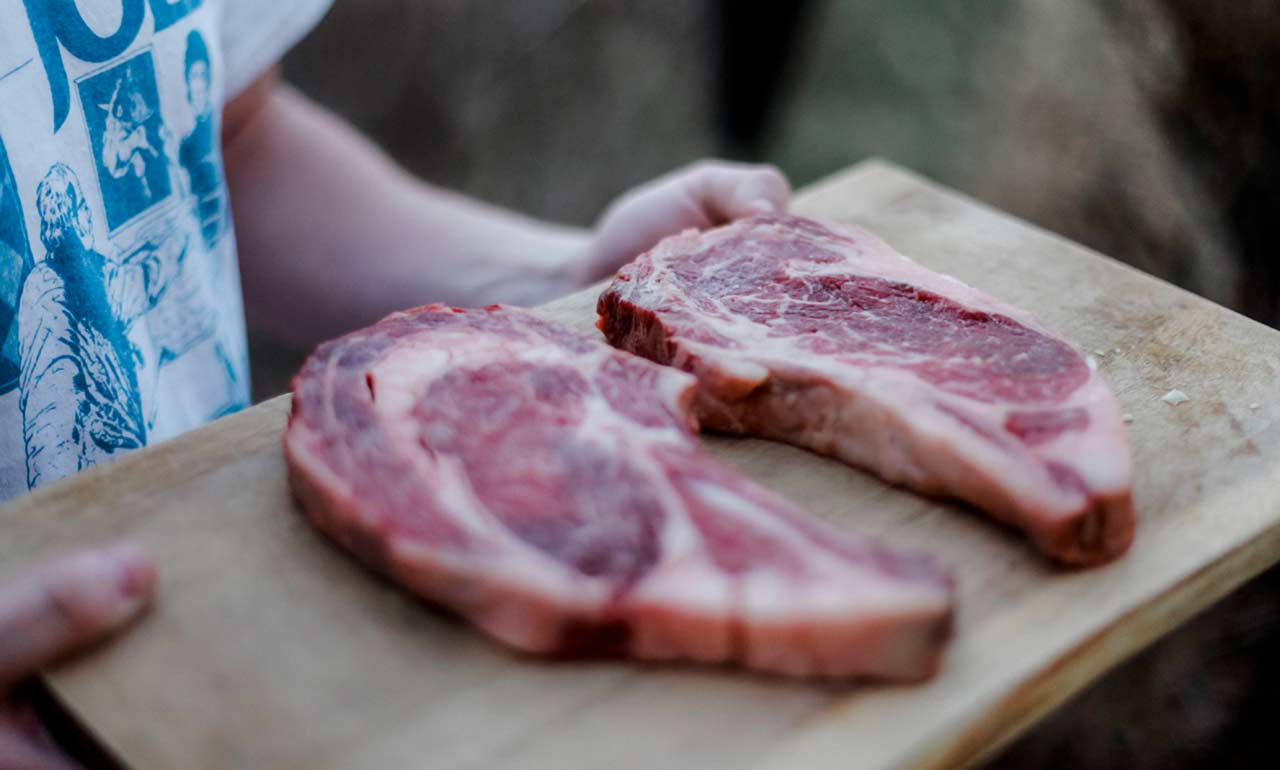The Nutritional Conveniences of Incorporating Beef Tallow Into Your Diet Regimen
Beef tallow has gathered attention for its unique dietary account, which includes a rich range of crucial fatty acids and fat-soluble vitamins that can support overall wellness. The ramifications of integrating this conventional fat right into contemporary nutritional techniques welcome a closer examination of its possible benefits and drawbacks.

Nutrient Profile of Beef Tallow
Beef tallow boasts a rich nutrient profile that makes it a valuable enhancement to various diet regimens. Mostly composed of monounsaturated and saturated fats, beef tallow is roughly 50-60% saturated fat, which adds to its stability at high cooking temperature levels. This quality makes it an outstanding selection for frying and roasting, as it stands up to oxidation and retains its dietary high quality.

Moreover, beef tallow is without trans fats, making it a healthier choice to numerous vegetable oils. Its nutrient density not only gives power however additionally help in the absorption of nutrients from other foods. As a typical cooking fat, beef tallow can enhance the taste of meals while contributing to total nutritional consumption, straightening well with different dietary preferences, consisting of low-carb and ketogenic diet regimens.
Health And Wellness Perks of Healthy And Balanced Fats
Including healthy and balanced fats like those found in beef tallow right into the diet plan can produce various wellness benefits that sustain total wellness. Healthy fats play an important role in keeping cellular framework, hormone manufacturing, and nutrient absorption. They are necessary for ideal brain function, as the mind is composed of almost 60% fat, primarily healthy and balanced fats.
One notable advantage of healthy and balanced fats is their payment to heart health and wellness (where to buy beef tallow). As opposed to obsolete beliefs that all fats add to cardio disease, studies suggest that healthy fats can enhance cholesterol levels and lower inflammation, ultimately lowering the threat of cardiovascular disease. Additionally, fats, such as those located in beef tallow, are a steady source of power, providing continual gas for metabolic processes and physical tasks
In addition, healthy fats can aid in weight management by advertising satiation, which can help in reducing overindulging. They additionally support the absorption of fat-soluble vitamins, consisting of A, D, E, and K, enhancing general nutrient uptake. By integrating beef tallow and various other healthy fats into the diet plan, people can improve their dietary profile while enjoying a plethora of health and wellness advantages that foster long life and vitality.

Food Preparation With Beef Tallow
Cooking with beef tallow offers a savory and flexible alternative for a range of culinary applications. This provided fat, stemmed from beef, flaunts a high smoke factor of about 400 ° F(204 ° C ), making it perfect for frying, sautéing, and roasting - where to buy beef tallow. Its durable flavor boosts dishes, imparting an abundant, full-flavored top quality that matches various active ingredients
Beef tallow is specifically appropriate for conventional cooking methods, such as deep frying, where it can develop an exceptional crust on veggies and meats. The fat's ability to withstand heats without damaging down guarantees that you achieve crispy structures while keeping wetness within the food. In addition, its steady nature suggests it can be recycled numerous times for frying, making it a cost-effective selection for home cooks and expert cooking areas go to this web-site alike.
In baking, beef tallow can work as an alternative to butter or reducing, providing an one-of-a-kind deepness of flavor to pastries and pie crusts. It can be integrated into sauces and sauces, enhancing their taste and giving a delicious mouthfeel. By welcoming beef tallow in your cooking collection, you can boost your dishes while harnessing its nutritional benefits.
Contrasts With Various Other Fats
When reviewing cooking fats, beef tallow stands out in contrast to various other typical options such as veggie oils, butter, and lard. Beef tallow is predominantly made up of monounsaturated and saturated fats, which are much more stable at high temperatures, making it much less susceptible to oxidation than polyunsaturated vegetable oils.
In comparison, while butter includes beneficial nutrients like fat-soluble vitamins, it has a reduced smoke point and can shed quickly. Lard, comparable to tallow, has a favorable fat account however might consist of greater degrees of polyunsaturated fats, depending on the pig's diet.

Vegetable oils, commonly marketed as much healthier options, can be extremely refined and contain trans fats, which have actually been linked to adverse wellness results. Additionally, link the omega-6 fatty acids prevalent in numerous veggie oils can add to swelling when eaten in excess. In general, beef tallow uses a special equilibrium of taste, security, and nutritional advantages that can make it a preferable choice in various cooking applications.
Including Beef Tallow Into Foods
Beef tallow can be flawlessly incorporated right into a variety of meals, improving both flavor and nutritional value. This rendered fat, abundant in monounsaturated fats and vitamins A, D, E, and K, acts as a functional cooking tool. It is ideal for high-heat applications such as frying and roasting, where it can impart a savory deepness to veggies, meats, and even baked goods.
When sautéing, consider making use of beef tallow rather than standard oils to raise the taste of stir-fries or veggie collections. For a heartier flavor, try including it right into mashed potatoes or luscious sauces, where its abundant consistency can create a lavish mouthfeel. In addition, beef tallow can be utilized as a base for gravies, Source including a robust flavor profile that enhances a variety of dishes.
For those discovering baking, substituting beef tallow for butter or reducing in pie crusts can yield a half-cracked, savory outcome. When grilling, cleaning tallow on meats can improve moisture retention and supply a delightful sear. By attentively incorporating beef tallow into your dishes, you can take pleasure in not only boosted flavors yet likewise the impressive nutritional benefits it uses.
Conclusion
Incorporating beef tallow right into the diet supplies significant dietary benefits, consisting of crucial fatty acids and fat-soluble vitamins that boost overall wellness. The beneficial equilibrium of saturated fats adds to boosted nutrient absorption and power stability. The culinary adaptability of beef tallow makes it an attractive alternative for various cooking techniques. On the whole, the integration of beef tallow into dishes can sustain health and wellness, making it a valuable addition to a balanced diet regimen.
Mostly made up of saturated and monounsaturated fats, beef tallow is roughly 50-60% saturated fat, which contributes to its stability at high cooking temperatures. As a standard food preparation fat, beef tallow can improve the taste of meals while contributing to overall nutritional intake, aligning well with various dietary preferences, consisting of ketogenic and low-carb diet regimens.
Incorporating healthy and balanced fats like those located in beef tallow right into the diet regimen can produce many health and wellness benefits that support general health. By including beef tallow and various other healthy and balanced fats into the diet plan, individuals can improve their dietary profile while delighting in a wide range of health advantages that cultivate durability and vitality.
When assessing cooking fats, beef tallow stands out in contrast to various other usual choices such as vegetable oils, butter, and lard.